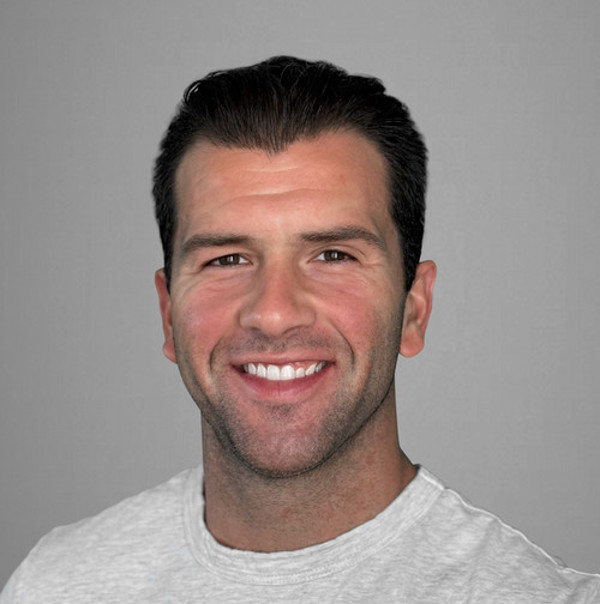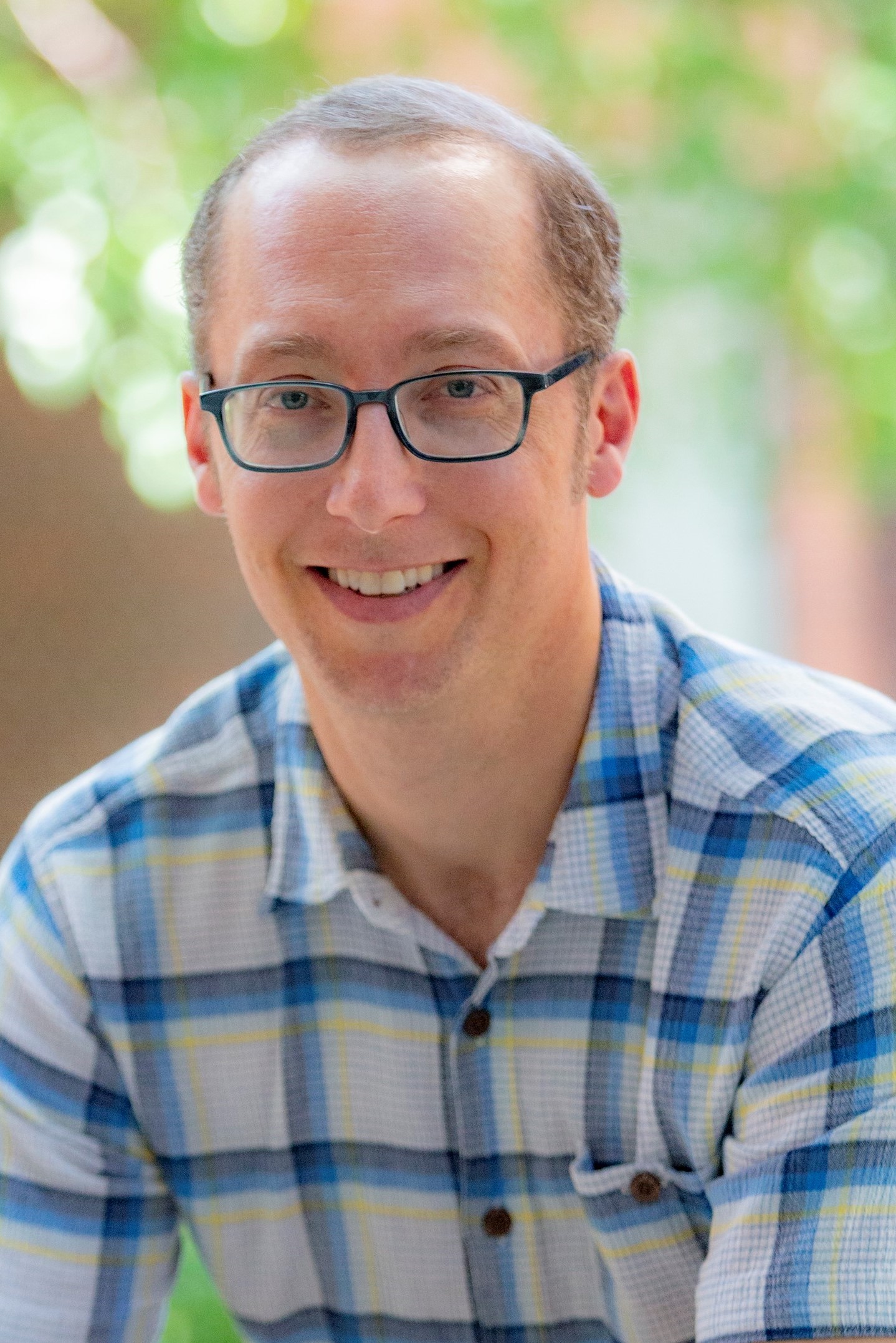Economics Major Researches What Prompts People to Give to Charity
By Rebecca Goldfine
While his honors project is motivated by intellectual curiosity, it also matters to Jordan Richmond ’16 that his work could do some good in the world.
“I want to be doing research and thinking about issues that I feel could have an immediate impact in people’s lives,” Richmond said recently. “Charities do good. They could do more good if they had more donations.”
Earlier in the semester, Richmond recruited 72 students to participate in a study designed to answer the question many charities have: What makes people donate? More specifically Richmond is trying to find out whether personal recognition—that is, lauding someone publicly for donating—is an effective way to spur people to give larger amounts of money.
Charities use a variety of strategies to motivate people to give, such as matching their donations, giving out small gifts like mugs in exchange for donations, and honoring more generous donors by listing them in a “gold members club,” or naming buildings, benches, parks, etc., after them.
To test whether the strategy of personally recognizing philanthropy is effective, Richmond had to first create a situation that he said would “map onto real life.” After putting his 72 student participants into groups of six, he invited them to play what he called a public-good game. Each student was given $8 to show up for the study, and then was provided an additional $12 to play with. Richmond’s study was supported by a grant he received from the Grua/O’Connell Faculty/Student Research Award. Any money the students won in the game, they kept. “Subjects won’t behave normally unless there are real stakes,” Richmond said, explaining why he offered monetary rewards.
Richmond is working with his advisor, Assistant Professor of Economics Matthew Botsch, who specializes in the economics of finance, corporate finance, and banking. Next year, after he graduates, he plans to work as a predoctoral fellow at Stanford’s Institute for Economic Policy Research. Richmond said he’s interested in behavioral economics because the problems aren’t neat and tidy; they’re messy and complicated because people aren’t neat and don’t obey mathematical formulas.
To test whether personal recognition could influence these students to give more to the communal pool, Richmond informed some groups before playing that the top three donors would be publicly named. For other groups of players, he told them only the top donor would be announced at the end of the game. In his control groups, he did not recognize any of the donors, letting the students know beforehand that their contributions would remain anonymous.
The game, of course, does not quite match real life, as Richmond acknowledges. First, his Bowdoin subjects are not a representative sample of the population. In addition, the students in his game aren’t giving to charity, they’re participating in a game in a lab.
However, Richmond argues that the lab game is analogous to a charitable scenario because the participants lack enough information about one other’s payouts in the game to develop a dominant strategy. Therefore, a subject’s primary incentive for donating more to the group fund is to help the group break their investment threshold, which benefits everybody. “This is obviously not an individual’s experience when they are deciding whether or not to donate to a charity,” he said. “However, when individuals give to charity, one component of that decision is interest in the wellbeing of others, while another is the way a donation makes them feel better about themselves. Both of these elements are present in the laboratory game, represented by the incentive to help the group break the threshold, and the personal payout.”
In preliminary analyses of his data, Richmond said he’s started to see some patterns emerge. “While I’m still working on this, I can definitively say I’ve gathered evidence which suggests identification increases donations, confirming prior research, and that more identification is better than less identification,” he said. He added that he’s still working through some econometric issues on other results.
To play Richmond’s public-good game, students were told to not speak with any other member in their group. They then were asked whether they would like to contribute money to a communal pool. Each was told he or she would receive $9 if the pool topped a threshold of $45. The players might at this point calculate that they should give no money or very little money to maximize their holdings. However, if everyone behaved in a similarly stingy way, the threshold wouldn’t be met and no one would receive a payout.



